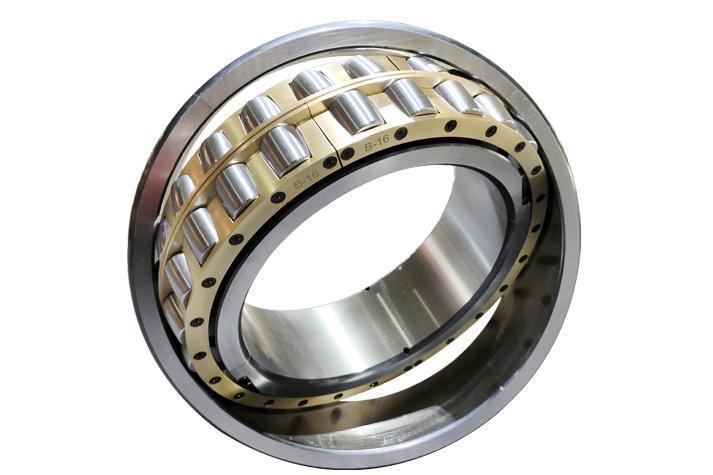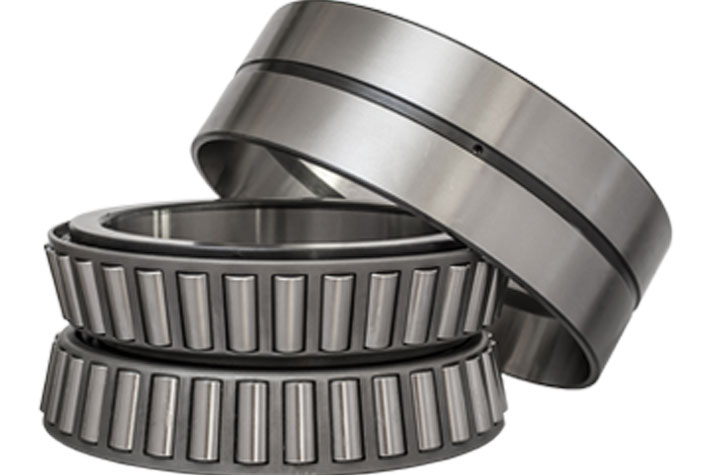
TRB bearings consist of a tapered inner ring, outer ring raceways, and tapered rollers arranged between them. The projection lines of all the tapered surfaces converge at a single point on the bearing's axis. This unique design makes them particularly suitable for bearing combined loads (radial and axial loads).
The axial load capacity of the bearing mainly depends on the contact angle α; the larger the contact angle, the stronger the axial load capacity. The size of the contact angle is usually represented by the calculation coefficient e; the larger the e value, the stronger the bearing's axial load capacity.
During installation, TRB bearings may suffer damage if the inner or outer rings become skewed or if impact loads occur during assembly. Improper installation methods may cause linear damage to the raceway surface or the rolling elements, affecting the bearing's lifespan and precision. Therefore, strict adherence to operational guidelines is necessary during installation to ensure the optimal performance of the bearings. Even high-quality bearings cannot perform as expected if used improperly.
Single-Row TRB Bearings
Single-row TRB bearings can withstand unidirectional axial loads and restrict unidirectional axial displacement of the shaft relative to the bearing housing. Even when only subjected to radial loads, additional axial forces will still be generated within the bearing, often requiring another bearing of the same structure to be installed in a back-to-back (X configuration) or face-to-face (O configuration) manner to balance the load.
Single-row TRB bearings can be paired to meet various load requirements. For instance, face-to-face (O configuration) installation provides higher axial rigidity, while back-to-back (X configuration) installation can better withstand overturning moments.
Double-Row TRB Bearings
Double-row TRB bearings not only bear larger radial loads but also can simultaneously handle bidirectional axial loads. Their internal clearance is pre-adjusted at the factory, requiring no additional adjustments during installation, and can directly limit bidirectional axial displacement of the bearing relative to the housing within the axial clearance range.
Four-Row TRB Bearings
Four-row TRB bearings have a structure similar to double-row bearings but with greater load capacity, making them particularly suitable for heavy loads and low-speed conditions, such as in rolling mills and other heavy machinery.
With their special structural design and superior load-bearing capacity, TRB bearings are widely used in mechanical transmission systems. Reasonable selection of bearing types, adherence to correct installation, maintenance, and operation guidelines are key to ensuring long-term stable operation of the bearings.

